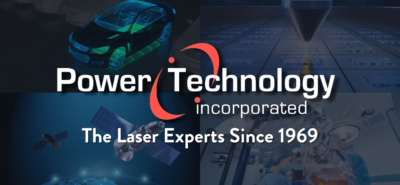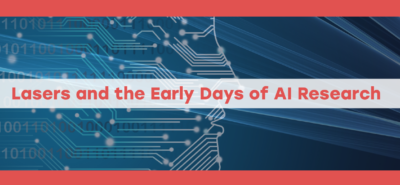Maximizing Precision and Accuracy in GeoSpatial Applications with Laser Technology
Power Technology2023-02-07T12:30:49-06:00GeoSpatial applications and lasers go hand-in-hand in providing accurate and reliable data for mapping and surveying. These applications use laser technology to gather information about the Earth’s surface, topography, and geography. In this post, we’ll take a look at the various ways laser technology is utilized in GeoSpatial applications and why it’s such a valuable tool.
Lasers have been widely used in a variety of industries, including the geospatial sector, where they are used for various applications such as topographical surveying, geological mapping, and coastal zone management, among others. The high precision and accuracy of lasers make them ideal for use in geospatial applications, where data accuracy and reliability are of utmost importance.
The use of lasers in geospatial applications dates back to the 1970s, where they were used to measure the height of trees, buildings, and other structures. Today, the technology has advanced significantly, and lasers are used in a range of applications including remote sensing, laser surveying, LiDAR, and terrestrial laser scanning, to name a few.
One of the key advantages of lasers in geospatial applications is their ability to produce highly accurate measurements, with a margin of error of less than 1 mm in many cases. This high accuracy makes lasers ideal for use in next-gen high resolution mapping applications, where even small discrepancies can result in significant inaccuracies in the final map.
Another advantage of lasers in geospatial applications is their ability to gather data quickly and efficiently. The speed and efficiency of laser data gathering in geospatial applications is largely due to the nature of laser technology itself. Laser light, as opposed to other forms of electromagnetic radiation, is highly collimated and directional, meaning that it can be focused into a very small spot, resulting in high spatial resolution data collection. This is especially advantageous in remote sensing applications, where the laser sensor can be mounted on a satellite platform, providing a broad and uniform coverage of the target area.
An important differentiator of laser technology in remote sensing is the ability to perform active sensing, where the laser source is actively pulsed, rather than relying on passive measurement techniques such as those used in traditional remote sensing techniques like photography and multispectral imaging. This allows for the measurement of both range and intensity information, enabling the generation of detailed 3D maps and models of the target area.
Laser technology also provides a high level of accuracy in geospatial data collection. The wavelength of the laser light can be precisely controlled and tailored to the specific requirements of the target, allowing for high spectral resolution data collection. This can provide important information about the composition and physical properties of the target, such as the mineralogy and chemistry of the soil or the height and structure of vegetation. This information is critical for various geospatial applications, including land use mapping, environmental monitoring, and disaster response and management.
In terms of wavelengths utilized by lasers in the geospatial industry, a variety of different lasers are used depending on the specific application. Some common wavelengths include 905nm, 1064nm, and 1550nm. The 905nm wavelength is often used in LiDAR systems for its lower cost and high efficiency, while the 1064nm wavelength is used in more precise applications such as surveying and mapping. The 1550nm wavelength is used for long-range applications such as remote sensing and mapping of large areas.
It is important to note that the accuracy of the data provided by these new Geospatial applications is directly related to the quality and stability of the laser technology used. Furthermore, it is crucial for researchers and practitioners in the field to stay up-to-date with the latest advancements and developments in laser technology to ensure the most accurate and reliable results. This is where The Laser Experts at Power Technology shine. Our extensive 50+ year background in laser technology puts us in an optimal position to help your next project, product, or idea shine bright.
Contact us on the form below, or give us a call to learn more about how The Laser Experts can provide the perfect light source for your project. We’ll also be in attendance at GEOWEEK 2023! Find out more at: GEOWEEK 2023 – The Laser Experts


